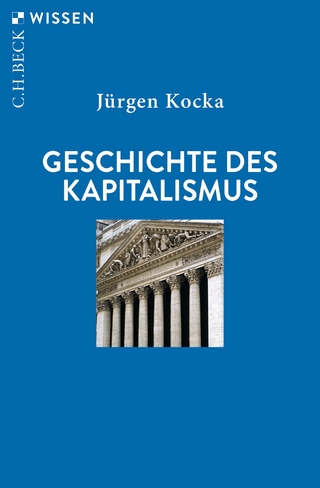
The Global Financial Crisis and the New Monetary Consensus
Routledge (Verlag)
978-1-138-23129-0 (ISBN)
The Global Financial Crisis has reshuffled the cards for central banks throughout the world. In the wake of the biggest crisis since the Great Depression, this volume traces the evolution of modern central banking over the last fifty years. It takes in the inflationary chaos of the 1970s and the monetarist experiments of the 1980s, eventually leading to the New Monetary Consensus, which took shape in the 1990s and prevailed until 2007. The book then goes on to review the limitations placed on monetary policy in the aftermath of the global meltdown, arguing that the financial crisis has shaken the new monetary consensus.
In the aftermath of the worst crisis since the Great Depression, the book investigates the nature of present and future monetary policy. Is the Taylor rule still a satisfactory monetary precept for central bankers? Has the New Monetary Consensus been shaken by the Global Financial Crisis? What are the fundamental issues raised by the latter cataclysmic chain of events? How should central banks conceptualize monetary policy anew in a post-crisis scenario?
Existing books have dwelt extensively on the characteristics of the New Monetary Consensus, but few have cast light on its relevance in a post-crisis scenario. This book seeks to fill this gap, drawing on the lessons from five decades of contrasted theoretical approaches ranging from Keynesianism, monetarism, new classical macroeconomics, inflation targeting and more recently, pragmatic global crisis management.
Marc Pilkington is Associate Professor of Economics at the University of Burgundy, France.
1. The Global Financial Crisis: an unprecedented configuration for monetary policy 2. Introduction: monetary policy prior to the NMC 3. A Simple Macroeconomic Model of the NMC 4. Transparency: an essential feature of the NMC 5. Credibility in the NMC 6. Price Stability and the Influence of Wicksell on the NMC 7. The interest-rate setting policy: the Taylor rule and beyond 8. Inflation targeting and the formation of a broad consensus 9. The statutory messions of the Fed and the ECB and the issue of the US Dollar 10. Exchange rate movements and global derivatives markets 11. The zero bound on nominal interest rates and deflationary fears 12. Austerity measurees versus growth: a post-crisis conundrum? 13. Quantitative easing: sound policy-making or an admission of defeat? 14. Revisiting the theory of optimum currency areas 15. Lessons from the Euro sovereign debt crisis 16. Post-crisis methodological considerations in central banking theory
| Erscheinungsdatum | 22.01.2017 |
|---|---|
| Reihe/Serie | Routledge International Studies in Money and Banking |
| Zusatzinfo | 7 Tables, black and white; 50 Line drawings, black and white; 4 Halftones, black and white; 54 Illustrations, black and white |
| Verlagsort | London |
| Sprache | englisch |
| Maße | 156 x 234 mm |
| Gewicht | 530 g |
| Themenwelt | Geschichte ► Teilgebiete der Geschichte ► Wirtschaftsgeschichte |
| Wirtschaft ► Betriebswirtschaft / Management ► Finanzierung | |
| Betriebswirtschaft / Management ► Spezielle Betriebswirtschaftslehre ► Bankbetriebslehre | |
| Wirtschaft ► Volkswirtschaftslehre ► Finanzwissenschaft | |
| Wirtschaft ► Volkswirtschaftslehre ► Makroökonomie | |
| ISBN-10 | 1-138-23129-0 / 1138231290 |
| ISBN-13 | 978-1-138-23129-0 / 9781138231290 |
| Zustand | Neuware |
| Haben Sie eine Frage zum Produkt? |
aus dem Bereich


